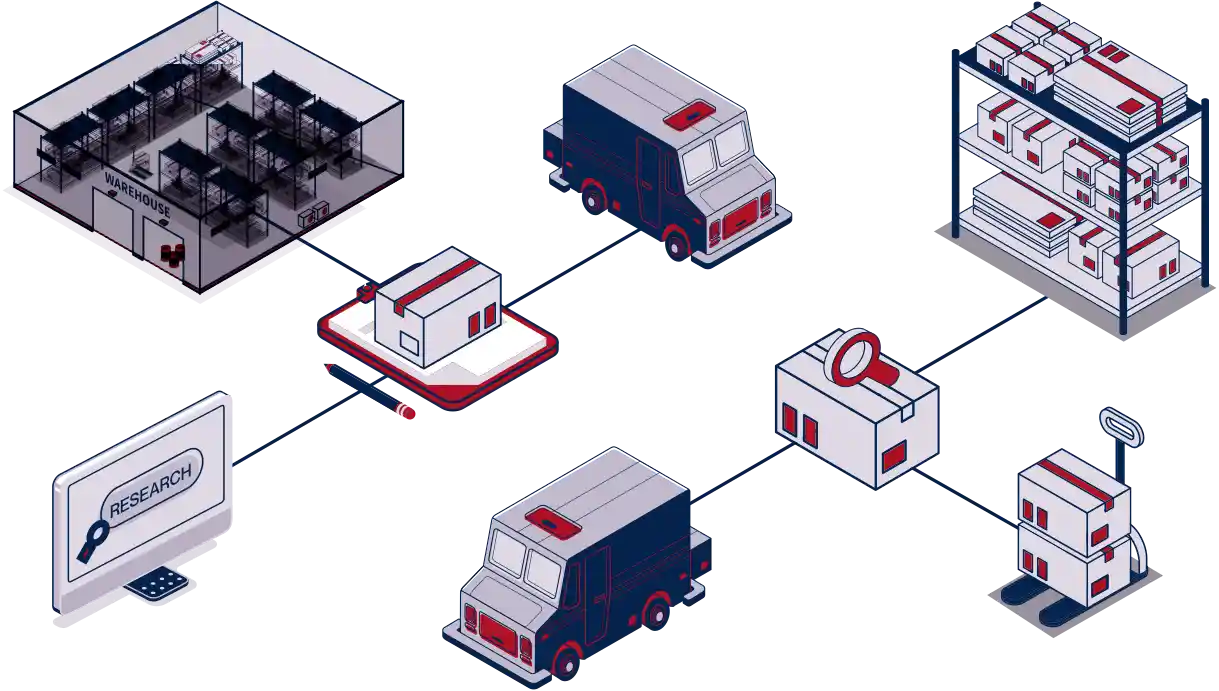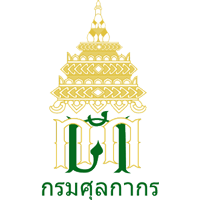Freight between Thailand and Japan | Rates – Delay – Duties & Taxes
Siam Shipping (by DocShipper Group) is the ideal teammate to transfer your goods by sea or air freight between Thailand and Japan. We’re able to program your FCL (Full Container Loaded) or LCL (groupage) freight for every type of good, even if they are dangerous or perishable. We can ship them from everywhere in Thailand, to the place you want in Japan.
First, we thank you for landing on this page. This is the page you dreamed of finding if you’re searching for valuable information about trade between Thailand and Japan. No matter if you’re in Japan, wanting to import goods from Thailand, or if you’re in Thailand and you need to send products to a customer in Japan. Without regarding the type, quantity, and dimensions of the goods you need to transfer, this page was built to benefit you from our 10 years of experience in the international trade domain. From a small parcel to a full bulk cargo vessel, you will learn more about the transfer process between the two Asian countries. Here we will detail the entire process, give you personal advice useful to your unique situation, and also provide you with interesting links, to implement or enhance your trading gait…
We will first detail the two freight methods, sea freight, and air freight, and their inherent times and prices. Then, we’ll discuss the trade relations and processes between Thailand and Japan.
Docshipper Note:
Besoin d'aide pour votre expédition ? N'hésitez pas à nous contacter, même pour une simple question. Choisissez l'option qui vous convient.
Chat en direct avec un expert Discutez-nous sur WhatsApp Remplissez le formulaire
Sea freight between Thailand and Japan
Overview – Ocean cargo from Thailand to Japan
As said before Japan is an archipelago located in the North East of the Asian continent, facing Russia, China, the two Koreas, and Taiwan at its extreme south. It’s one of the biggest archipelago of the world, containing around 7000 islands. 4 of these islands are composing the major parts of Japan’s area. From the north to the south there is Hokkaido, Honshu, Shikoku and Kyushu. The biggest city and port of Hokkaido is Sapporo. In Honshu, the biggest and most populated island, there is the major ports and cities of Japan like Tokyo, Chiba, Kobe, Nagoya, Osaka… In Shikoku, the busiest ports cities are Matsuyama and Takamatsu. Kyushu’s busiest port cities are Kitakyushu, Nagasaki and Hakata.
There are two major sea routes to link Thailand with Japan. If you’re sending your goods to the northern coast of the country, in cities like Niigata, Sapporo, Hakata or Kitakyushu, they will go first to the south of the Indochina peninsula, then cross the south China sea to join and pass through the Taiwan Strait. Then the vessel will go across the East China Sea and join the northern coast of Japan. To join the south coast of Japan and cities like Tokyo, Nagoya, Osaka or Sendai, after passing through the South China Sea, your goods will overtake the south of Taiwan, and go along the Okinawa Islands. After this, they will reach the south coast of Japan.
Because of its insularity and its soil poor in natural resources and arable lands, Japan has always emphasized on its port cities and water navigation to develop, through ancient and modern times. The country is now one of the biggest worlds maritime power. Japan owns more than a thousand ports. Amongst them, the biggests, in order of appearance are Tokyo, Yokohama, Nagoya, Kobe and Osaka. Nagoya and Kobe are balanced in terms of Import and Export, while Tokyo and Yokohama are importing more, and Osaka is more about the exports. The principal port structure of Japan is in Tokyo Bay. It includes the ports of Tokyo, Kawasaki, Chiba, Yokohama and Kisarazu. Chiba is specialised in the trade of oil and chemical products. The biggest container ports in Japan, far above the other are Tokyo, Yokohama, Nagoya, Kobe, Osaka and Hakata.
*All of this is explaining why in 2015, the volume of maritime foreign freight for Japan was 1,056 million tons, which represents more than 99,99% of the Japanese foreign exchanges.
Remark DocShipper :
We, are strengthening its presence in all the busiest ports of Thailand. This enables us to provide an utter scale of ocean freight services to Japan. On your request, Siam Shipping / DocShipper are able to program FCL (Full container), LCL (groupage), for 20 fts, 40 fts and 40 fts HQ containers. If your items are requiring special conditions of transport, we can plan transfer by reefer container, Roro or Bulk cargos.
Transit times
| Bangkok | Phuket | |
| Tokyo | 16 days | 18 days |
| Yokohama | 16 days | 18 days |
| Nagoya | 16 days | 18 days |
| Kobe | 16 days | 18 days |
| Osaka | 17 days | 19 days |
*Please note that those transit times are just indicative timing between Thailand and Japan
Sea freight rates
*Sea Freight is the best option for you if time is not your main concern. If you are mainly wanting to save money over time, ocean freight is recommended.
In fact, sea freight comes with two main benefits: you can ship high volumes, at the best price. This can be particularly interesting for regular traffic with high volumes between both countries.
As mentioned above, SIAM Shipping can offer every kind of service for every single type of volume! Our main goal is to adapt our offer to your needs and requirements.
Siam Shipping Advice
To have precise rates and transit times for your Sea freight from Thailand to Japan, don’t hesitate to contact our Experts. The total cost of your shipment will vary according on the services you require from us! We decided to quote every single request individually to remain as close as possible to your wants and expectations!

Air freight between Thailand et Japan
You might be interested into air freight, knowing that Thailand and Japan are well connected by air, thanks to their international airport networks. Both countries have numerous direct lines that are linking them. Nippon Cargo Airlines, an international freight Japanese airline, possess branch in Bangkok Suvarnabhumi International Airport, linking the capital of Thailand to the Japanese capital via the Tokyo-Narita International Airport. Other International Cargo Airlines are linking the two countries with weekly flights, on both ways.
It requires 8 hours door to door for a plane to travel from Thailand to Japan. A courier air freight (express) will deliver your items to the detailed address in Japan normally in not more than 3 days. A regular cargo air freight will transfer your goods in a week at the most.
Remark DocShipper :
Transit time are hard to estimate as it mainly depends of the budget: a direct flight available within a day is possible, but will probably be more expensive. In average, you can expect 4-7 days (export process included)
Not as much developed as ocean freight, air infrastructures in Japan are still very effective, well-shaped and well-maintained. Mostly used for passenger transport, they are also enabling great flows of goods.
Japan has 6 international airports, five of them are located in Honshu and one is in Kyushu. Here are the cities owning an international airport:
- Tokyo; Narita and Haneda
- Chubu
- Osaka; Kansai and Osaka
- Nagasaki
These international airports are strongly linked with the other 44 national airports of the country. This enable a strong connection by air of every Japanese region with the rest of the world, thanks to these 6 majors.
*In 2015, international air freight in Japan was of a total volume of 1.40 million tons. Which corresponds to less than 0,01 % of the total international freight during this year.
Air freight rates
*The chargeable weight of your goods will be determined by using two different methods.
You have to sort out the weight with both methods, and to keep the highest value that you found. This will tell you the actual weight you will be charged of.
Normal weight: it’s the regular weight of your items in kilograms. A scale will be useful to find it.
*The chargeable weight of your goods will be different for “Express” solution as we based the volumetric weight on the following ratio: 1 CBM = 200 Kgs
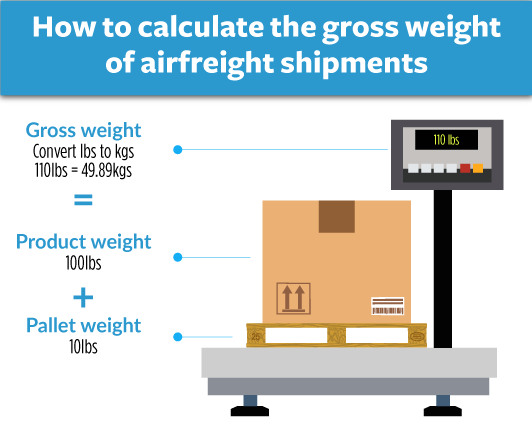
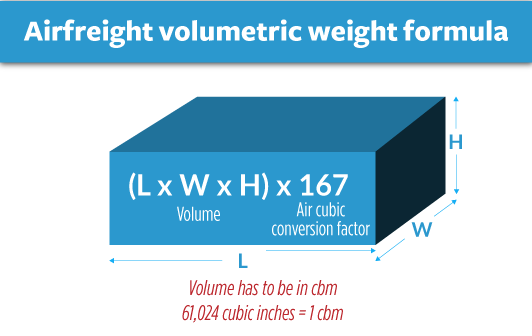

Road freight between Thailand and Japan
*In addition to these solutions, you might need a trucking service to deliver your goods to your offices.
We’re proud to be able to fully cover the principal Japanese islands thanks to our trucking network. Your goods will be delivered to everywhere, you just need to ask! All the harbours and airports we’re present in, in Japan, have a hub to keep your goods travelling by truck to their final destination.
Our trucking quotes contains customs clearance, trucking and insurance fees (optional but highly recommended).
Freight Insurance
Because there is always a risk for a bad event to occur, Siam Shipping partnered with the best freight insurance companies to provide goods coverage. If you subscribe, the refund of your cargo will be done, if there is any breakage on your goods. Our insurance rates are defined on the base of 1% of your freight + cargo value.
If the loss of your goods can be lethal for your business, you must secure your shipment with advanced coverage, thanks to our insurance.
DocShipper Info:
We made a dedicated article about it, that we advise you to read before implementing your freight: Freight Insurance

Custom Clearance in Japan
How to be exempted of duties and taxes for an import from Thailand to Japan ?
*Every single shipment you want to import into Japan has to go through customs for further controls.
Thanks to the agreements existing between both countries, you can easily be exempted of taxes for an import of goods from Thailand to Japan and vice versa. We are detailing you the process below. Also, we can take care of all the paperwork needed, thanks to our experience with customs in Asia. You only have to ask us.
Necessary documents
Import permit in Japan
First of all, when your goods have entered the Japanese territory you must receive an import permit in order to clear them. This begins by declaring yourself to the Director-General of Customs, by presenting an import declaration. This declaration is precising the value and the quantity of the goods you want to import. This document should be written while your goods are already in the Japanese customs warehouses. The import declaration should be made in triplicates.
Import Duties from Thailand to Japan
Thanks to the ASEAN-Japan Comprehensive Economic Partnership Agreement (AJCEP), more than 90% of the tariff barriers from Japan to Thailand or the other way have been suppressed. This eased the exports of agricultural products from Thailand to Japan as well as the exports of manufactured goods from Japan to Thailand.
Thanks to this, there has been a growth of investments between the two countries since 2003.
SIAM Shipping Advice : You can find here the official documents detailing the tariff barriers in Thailand for goods produced in Japan and the other way, sorted by HS code:
You can find the HS code of your product, if you don’t know it yet, by searching on this website: HS code
Certificate of Origin (CO)
The CO is the document recognised by customs witnessing of your good’s origin. It certifies that your items were produced in Thailand. Normally, it must be given by a notary public or a government. But, to benefit of the Free Trade Agreements that are existing between Thailand and Japan, your CO must be delivered by the Ministry of Commerce, or the Department of Foreign Trade of Thailand.
SIAM Shipping Advice : You can find a template of the CO here, valid from Thailand (ASEAN), to Japan: Certificate of Origin
The Bill of Lading (BL)
The BL is one of the most important documents required to clear your goods. As the CO is certifying of the origin of your goods, the BL is witnessing of the payment transfer from the importer to the freight forwarder, and of the issuance of the LC (Letter of Credit).
Here is a detailed example of what a BL is containing:
1 = Shipper
2 = Consignee
3 = Notify party
4 = Vessel No.
5 = Port of loading / discharge
6 = Place of receipt / delivery
7 = Containers No.
8 = Goods description
9 = Net weight
10 = Dimensions / volume
Detailed statement on duties exemption
In Japan, you have to show testifying documents proving that there is agreements or FTAs exempting your goods of duties and taxes. As there is a Comprehensive Economic Partnership among Japan and the ASEAN countries, you must show parts of these documents in the aim of making it work.
Remark DocShipper: We advise you to show the part 12 of the Schedules for the Elimination or Reduction of Customs Duties, and the corresponding line of the goods your importing (sorted by the HS Code) in the Schedule for Japan.
You can also sort it out on the very well-made Japan’s Tariff Schedule, available on the official website of Japanese customs.
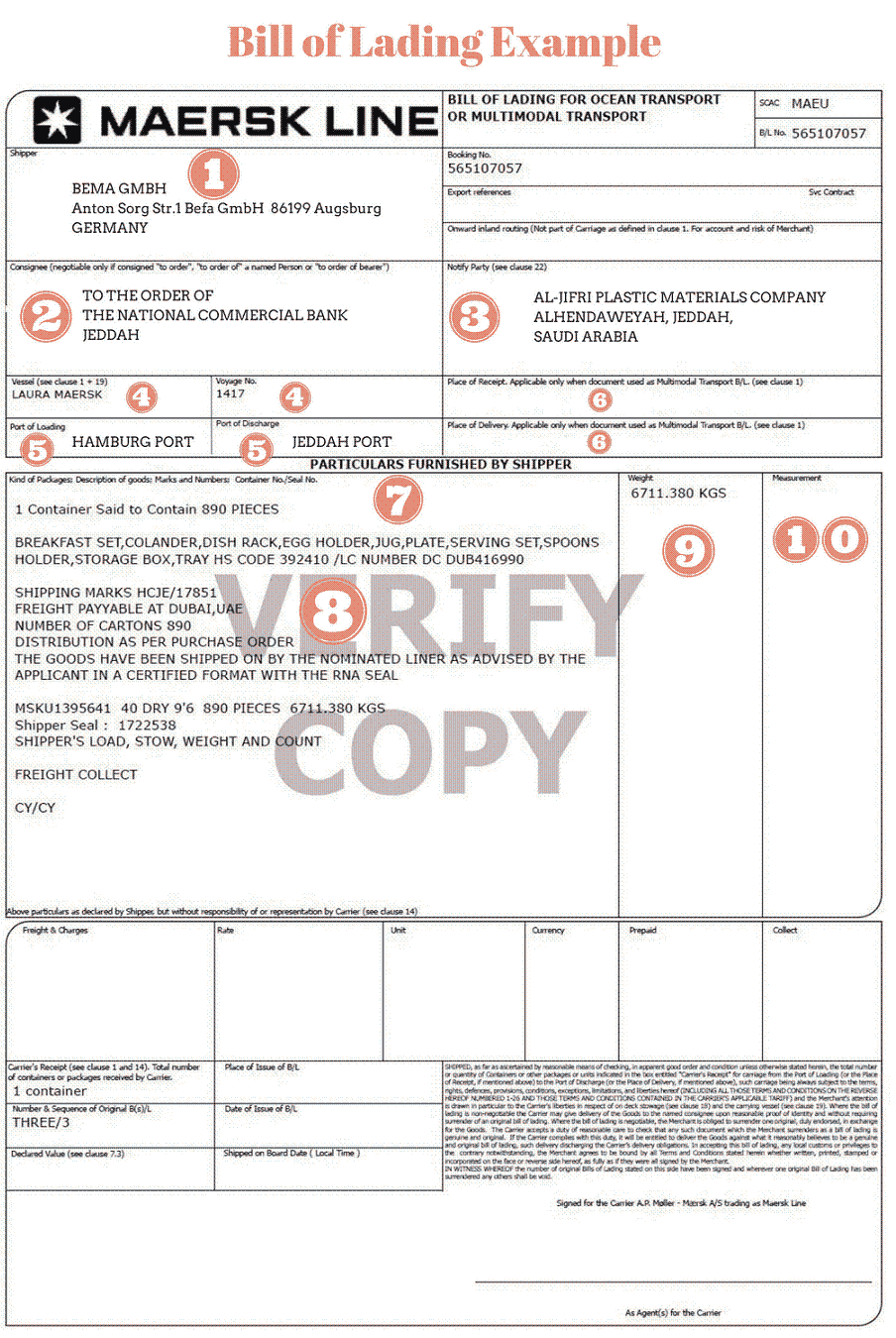
Other documents
- The Licenses, Certificates… (if any)
- The customs duty payment slips (if your items are dutiable)
- The Insurance certificate (if any)
Duties and taxes in Japan
Japan is working with the Harmonized Tariff System (HTS), to identify products, like the majority of the countries.
Here is a detailed picture of what indicates an HS code:
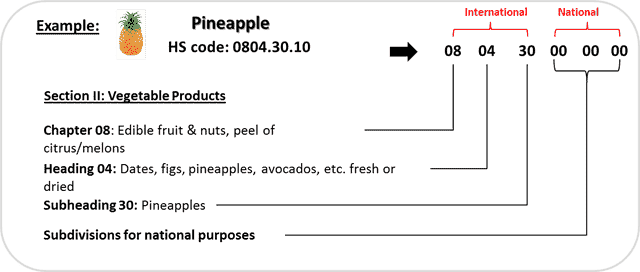
To determine the HS code of your goods, if you still don’t know it, we advise you to search it on this website: Find HS code
You just have to write key words to describe your products. You can also enter a picture of your goods if you have. As an example, when you type “pineapple”, you will find the HS code 0804.30 as a result.
Now that you’re informed of the HS code corresponding to your, you can find what duties and taxes you should pay by following this link:HS Tariff in Japanese Customs
For pineapples, it will give you this information:
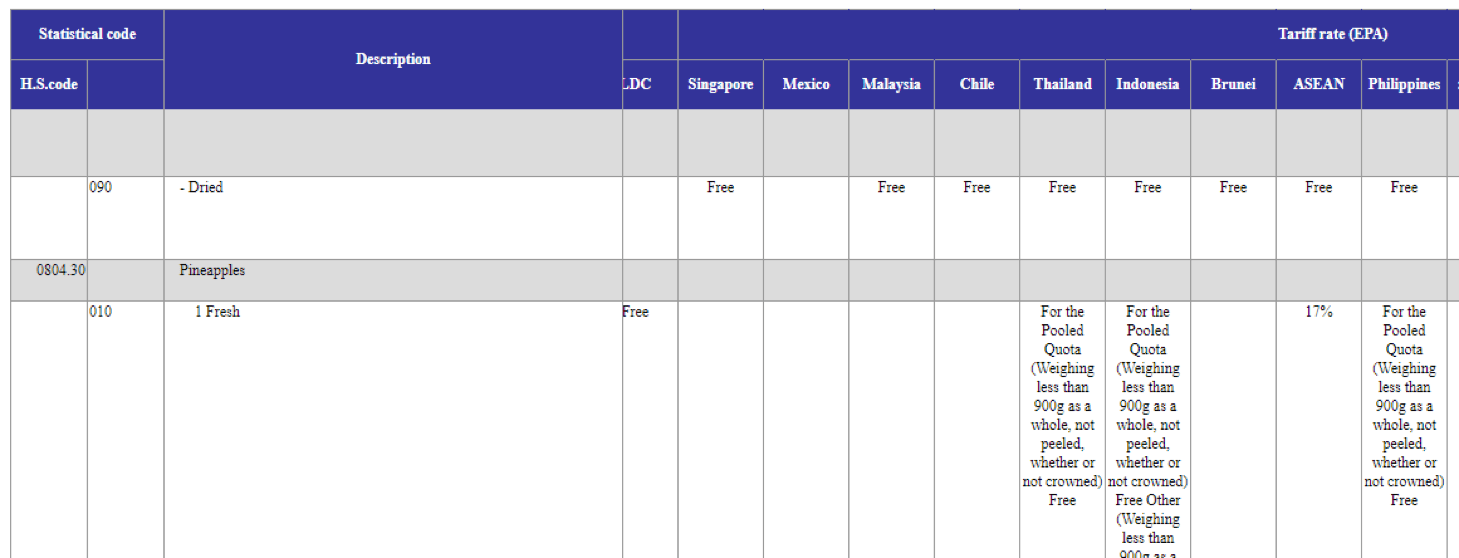
Now that we detailed the customs steps that you will undergo, let’s discuss the Trade bonds and relations that exists between Thailand and Japan.
Trade relations between Thailand and Japan
The JTEPA and the AJCEP, motors of the cooperation between the two countries
Trade flows and exchanges between Thailand and Japan have always been important through the modern history. As the ties between countries in east Asia are getting stronger, this business cooperation is meant to keep increasing. Thailand was the 6th export partner and the 8th import partner of Japan in 2017. For Thailand, Japan is the third export partner, with 10% of the goods exported going to Japan, and the second import partner, with 16% of the goods imported coming from Japan. Both countries have signed several agreements to ease and improve trades between them.
A Framework Agreement was signed prior to all subsequent treaties in 2003. It aimed to implement comprehensive economic cooperation between Japan and the ASEAN. It was the Framework for Comprehensive Economic Partnership between ASEAN and Japan.
This agreement issued:
- The suppression or reduction of duties and taxes on products traded between the two territories,
- The liberalization of international trade in services
- Foreign direct investment
- Ease of customs processes
- Mutual recognition
Amongst them, two following agreements are more important. They were conducted as Thailand representing its own, but also being part of the ASEAN Community. Although they were not officially statused as Free Trade Areas agreements, they can be considered equally powerful.
The first treaty signed and effective between both parties since 2007, was the Japan–Thailand Economic Partnership Agreement (JTEPA). After 10 years of effectiveness, it resulted in the removal of 92 % of tariff barriers on imports from Thailand to Japan and 97 % of barriers on imports from Japan to Thailand.
Japan eliminated or incredibly reduced barriers on these key products:
- Prawn & processed prawn products
- Mango, mangosteen, durian
- Chicken & processed chicken products
- Tunas, in airtight containers
- All mining and industrial products
Thailand suppressed or heavily decreased tariffs on these key products:
- Apples, pears and Chinese yam
- Steel
- Automotive parts for production
- Motor vehicles for more and under than 3,000cc
The second agreement signed between ASEAN (Thailand) and Japan was the ASEAN-Japan Comprehensive Economic Partnership (AJCEP), that became fully effective in July 2017. This agreement was important for both parties because it allows to resolve litigates emerging from interpretation and application of the previous EPA. It also permits to strengthen trade, exchange and investments between Japan and the 10 ASEAN countries.
Japan’s main compromises were on:
- Salted eggplants
- Processed curry products
- Jellyfish
Thailand (ASEAN) main compromises were on:
- Peaches and grapes
- Flat TV and Flat TV modules
- Parts of the motor vehicles (Breaks…)
*As you can see, Japan is more in need of raw materials and agricultural products, when Thailand is needing manufactured or High-tech goods.
Summary
To sum up, Thailand and Japan have been great trade partners through modern history and are constantly multiplying their exchange and investments. Both countries are investing and emphasises on the quality of their infrastructures. As an archipelago, Japan has a long-time tradition of ports and water navigation. This explains why Thailand and Japan are greatly linked by sea routes. Less used than sea navigation, airports and air freight are still effective between the two countries, with numerous international airlines linking them. To increase the trades between them, the two countries eased their customs processes drastically and reduced tariff barriers on a huge number of product lines. This was established in agreements between Japan and Thailand, but also between the ASEAN and Japan.
Our decade of expertise on the two countries, and more largely on the Asian continent, permit us to deliver tailor made freight solutions at very competitive rates. Do not hesitate to contact our dedicated staff for more information about your transfer, we’re always happy to serve and spread knowledge!
Customs process
When your items, considered as general cargo, have landed in Japan, you will be notified by the shipping company. When you receive the news, you must build the file containing all the necessary documents mentioned above. This will serve as a base for customs to clear your products. Once the file is complete, you send it to the customs office that are ruling the warehouse where your goods are stocked. The file will be considered as a declaration of the goods on the Japanese territory.
Here is the outlined Japanese customs process:
Customs contact in Japan

Official name: Japan Customs
Official Website: Japanese Customs Website
Here is the outlined Japanese customs process:

Remark DocShipper :
Because all the steps must be done quickly, and it can be very hard when you’re not used to it, you can fully rely on our expertise with Japanese customs to clear your goods. Our specialised Customs Staff is fully proficient on customs clearing and is a guarantee of a fast and smooth process
Prohibited & Restricted Items
Drugs

Explosives
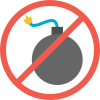
Biohazard
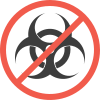
Chemicals

Corrosive

Counterfeit
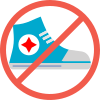
Ivory
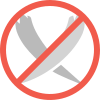
Batteries

Flammable

Firearms

Prescription Drugs

Counterfeit Notes
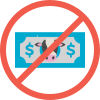
Poison

Pornography
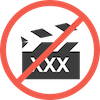
Knife

Tobacco
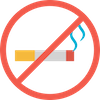
Gambling

Hazardous

Additional logistics services
Venture beyond shipping and customs with SIAM Shipping! Explore our wide array of additional logistics services, ensuring your supply chain operation runs smoothly from start to finish. Let's take care of everything, together.
Warehousing and storage
Finding the right warehouse for your goods can feel like a treasure hunt—a steady temperature for your delicate items is a must. Storing chocolates? You wouldn’t want a meltdown! For a stress-free solution that considers all conditions, explore our warehousing services, designed to keep your goods in prime condition.
Packaging and repackaging
Inherent challenges in shipping from China to France make quality packaging vital. Having a reliable agent can help ensure your wine barrels or electronics are suitably packed and repacked, reducing the risk of damages. Whether it's ceramics securely cushioned or machinery components assembly-segregated, great packaging caters to every product. Find out more about securing your cargo on our dedicated page: Freight packaging.

Cargo insurance
Contrary to fire insurance limited to premises, transport insurance is your flotation device over rough trade seas. Imagine sending a pricey, custom-built machinery and it gets damaged in transit. Ouch! But, with cargo insurance, you're covered and can breeze through such setbacks. It's the booster dose of prevention to keep your trade immunity sky-high.
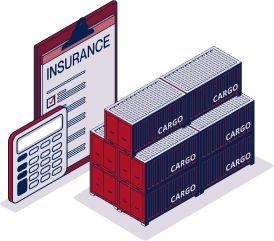
Personal effects shipping
Moving precious belongings from China to France? No worries, we manage fragile or bulky items with extra care, ensuring they reach your new French home intact. Like Aunt Mei's porcelain vase, we pack, transport, and deliver with professionalism. Save time and energy for croissants and vin rouge!
